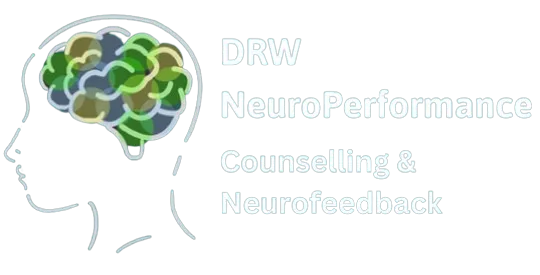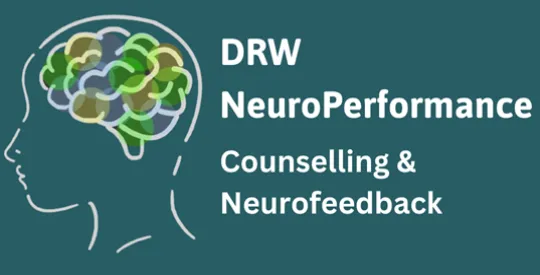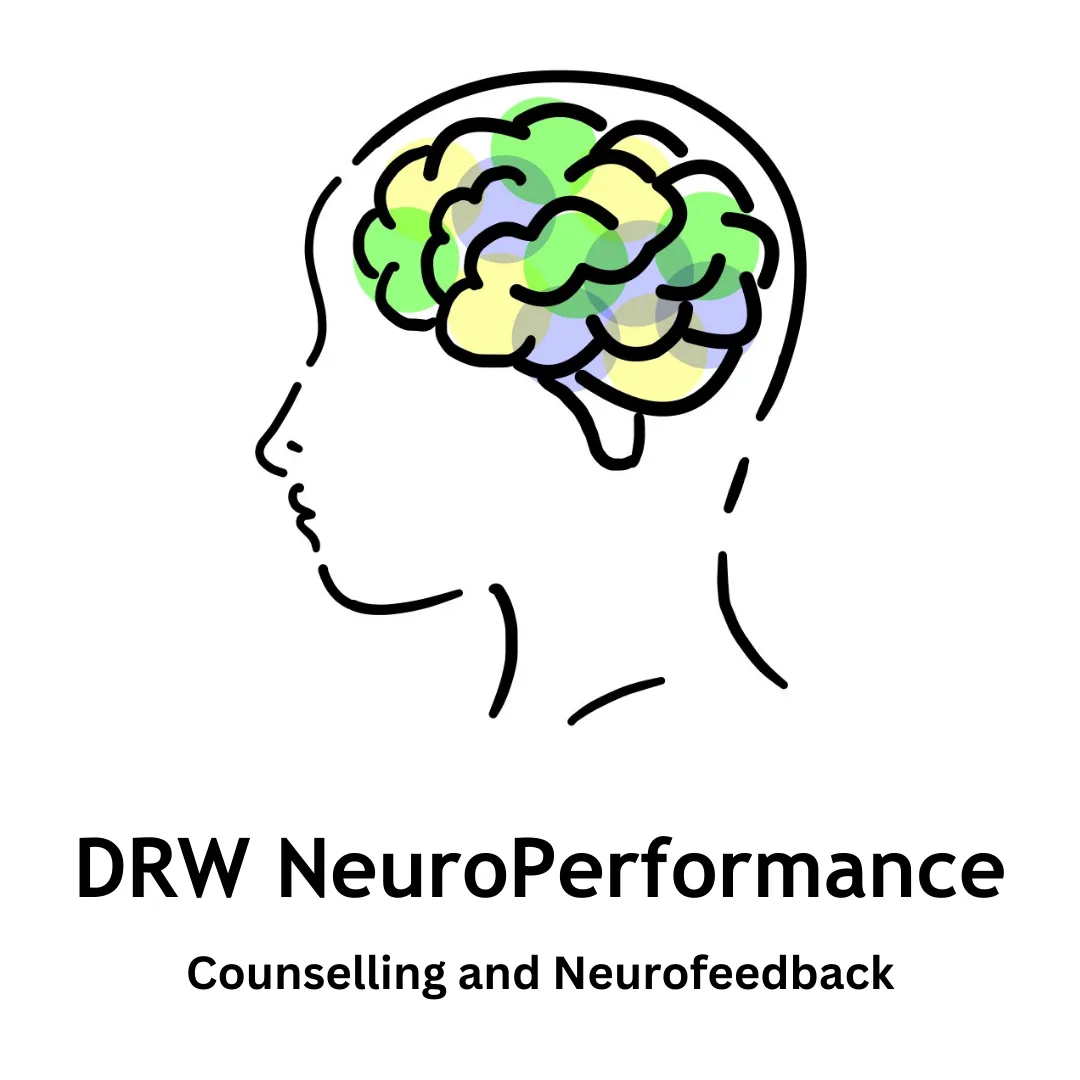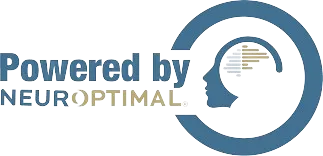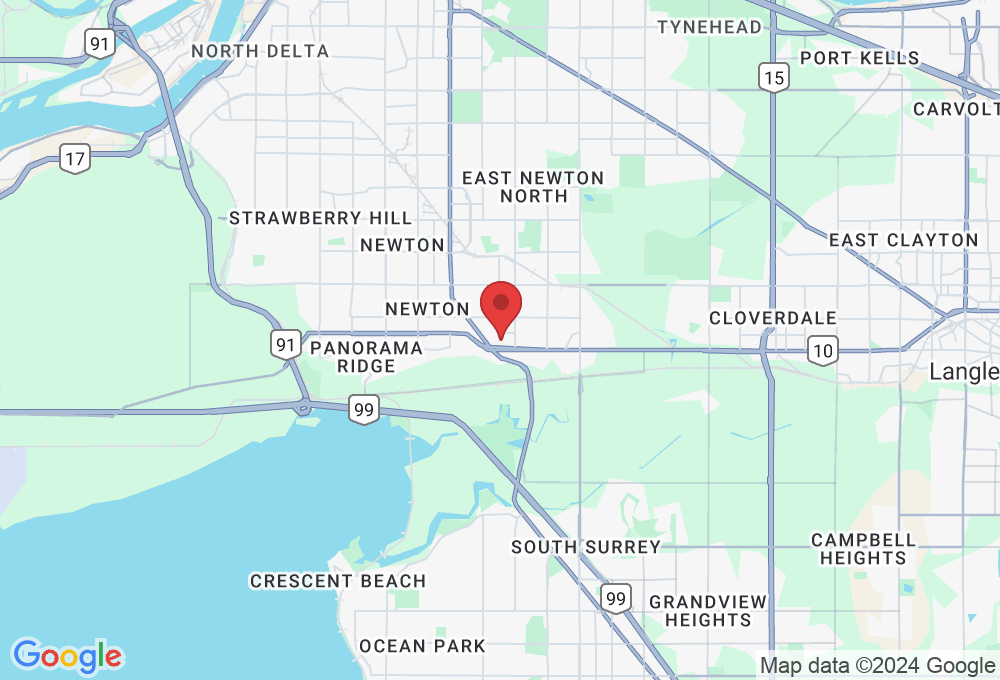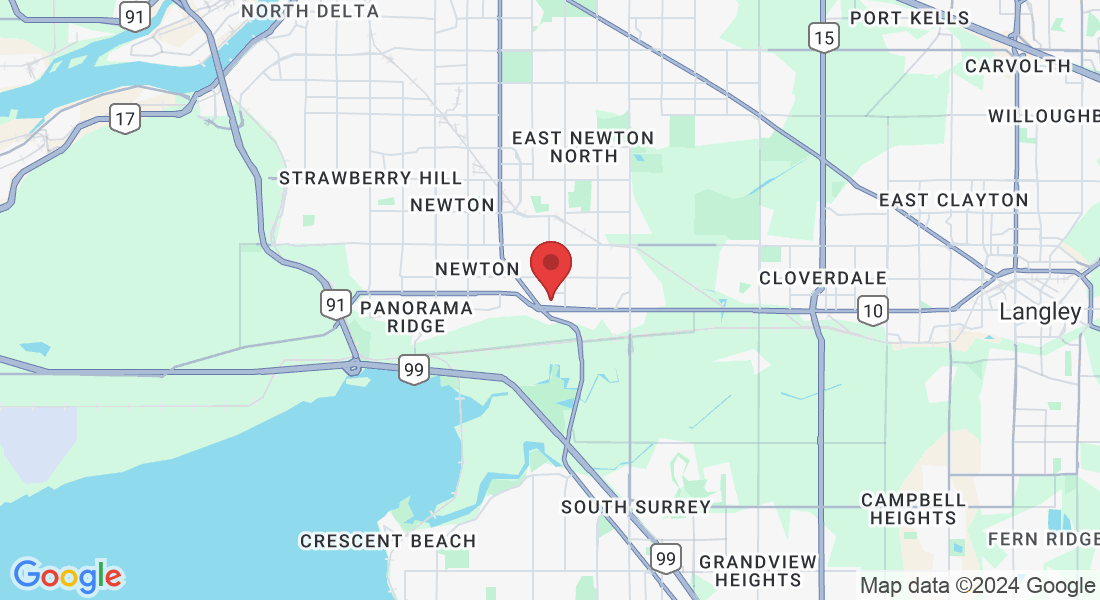Neurofeedback Research
Neurofeedback Research
ANXIETY-DEPRESSION
Effects of NeurOptimal® Neurofeedback on Symptoms of Depression and Anxiety
Dr. Linda Beckett MDDr. Janet McCulloch MDFounders of the Kingston Institute of Psychotherapy & NeurofeedbackIn Kingston, Ontario, Canada
Neurofeedback with Anxiety and Affective Disorders
D. Corydon Hammond, PhD, ABEN/ECNS Physical Medicine and Rehabilitation, University of Utah School of Medicine, PM&R 30 No 1900 East, Salt Lake City, UT 84132-2119, USA
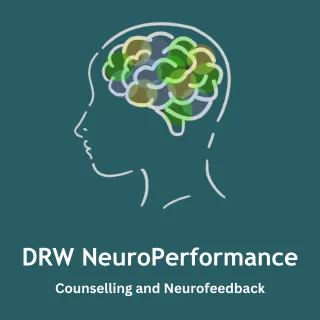
ADHD-ADD (Attention Deficit Disorder)
Does NeurOptimal® Neurofeedback Help To Improve Focus/Attention?
A Kid, An Idea, A Study And A Big PayoffJules Ford, Founder of OptiMind Neurofeedback, Focus, Clarity, Serenity
Shannon Warwick, MAUnion Institute and University at Vermont College,Asheville, North Carolina
Mohammad Ali Nazari1, Laurent Querne2, Alain De Broca2, Patrick Berquin21Department of Psychology, University of Tabriz, Tabriz, Iran; 2Department of Paediatric Neurology, Lab. Neurosciences Fonction- nelles & Pathologies, Amiens, France.

PEAK PERFORMANCE
The purpose of this study was to ascertain measurable differences in academic outcomes among two groups of learners within a creative arts curriculum that employed a selfdirected, stress-reduced, and individualized curriculum. One group was provided with EEG neurofeedback and neuro-cognitive coaching for stress reduction, while the other was not. This study measured the rate of improvement in academic progress that a learner can achieve when formalized learning takes place in a stress-reduced arts-based learning environment with EEG neurofeedback and neurocognitive coaching.
Lise’ D. Spurlock-DeLong, Ph.D., CPCRT, CCCM

SLEEP DISORDERS
Natural Sleep Rhythms: From Cells to Behavior
How NeurOptimal® potentially interfaces with, and restores, natural sleep rhythms. New evidence mapping cellular networks underlying the brain’s circadian timing nucleus has provided a potential locus of control for the human circadian rhythm (HCR). This network provides a biologically plausible regulatory site for external influence of the HCR-notably pharmacologic agents, environmental influence, and particularly salient to this presentation, NeurOptimal®.
Dr. Ed O’Malley, Ph.D, FAASM (PhD in Neurobiology at Cornell University Graduate School of Medical Sciences; postdoc in EEG brain-mapping and clinical fellowship for board certification in Sleep Medicine (NYU School of Medicine); Director, Norwalk Hospital Sleep Disorders Center for 12 years-pioneered neurofeedback for insomnia).
Optimal Sleep Using NeurOptimal®: Insomnia Studies
Dr. Ed O’Malley, Ph.D, FAASM
Effectiveness of Neurofeedback Training In Chronic Insomnia
Okunola O,1 O’Malley E,2 O’Malley M2
(1) Norwalk Hospital, Norwalk, Connecticut, Norwalk, CT, USA, (2) Norwalk Hospital, Norwalk, CT, USA

PTSD (Post Traumatic Stress Disorder)
Overcoming Extreme Challenges: How NeurOptimal® can be an Answer for our Veterans
Marie-Laure Wagner, M.S. Zengar NeurOptimal® Representative & Founder of InnerOptimal

TBI (Traumatic Brain Injury)
Personal case study with pre and post NeurOptimal® psychometric testing and SPECT Scan results.
Denise M. Cull, M.Psych, Forensic
The Use of NeurOptimal® With a Young Adult With an Acute TBI – A Case Study
This is a case study using clinical, NeurOptimal® baseline and anecdotal data. Dr. Lartin’s 22 year old son Brian survived a life-threatening TBI in April of 2012 and had more than 70 sessions of NeurOptimal® in a year. The contribution of NeurOptimal® to his recovery is discussed. Brian made an essentially complete recovery.
Dr. Joan-Marie Lartin, Ph.D., RN and Alan Bachers, Ph.D
A trio of case studies, protocols and progress:
24 year old boy with Concussive Syndrome
68 year old woman with primary ischemic stroke
30 month old girl with a rare chromosomal disorder;
Dr. Lise’ D. Spurlock-DeLong, Ph.D., CPCRT, CCCMFounder of Cognitive Connections, a cognitive rehabilitation clinic focusing on the use of neurofeedback and assistive therapies to promote increased neuroactivity and processing in all people.
Systemic EEG Biofeedback for Traumatic Brain Injury
Since NeurOptimal® helped ChemoBrain patients, will it also help people with TBI with similar symptoms?
Dr. Jean Alvarez, Ed.D
Director of research at the newly incorporated Cleveland-based Applied Brain Research Foundation of Ohio

ADDICTION
https://neuroptimal.com/wp-content/uploads/2016/07/BeckettL.pdf
FAS has a profound impact on both the child and the family. In this pilot study, NeurOptimal® was provided for both child & family members. Standard measures and FMRI were used to assess results.Dr. Linda Beckett MDDr. Janet McCulloch MDFounders of the Kingston Institute of Psychotherapy & NeurofeedbackIn Kingston, Ontario, Canada

FAMILY
NeurOptimal® training is shown to make a difference in an education-training course for professionals as they learn family systems theory. From the capable professionals employed in family firms, managing financial assets, to consulting complicated family enterprises. NeurOptimal® affects the ability to be more of a functioning self in anxious systems.
Kathy Wiseman (Bowen faculty member), Priscilla Friesen & Andrea Maloney Schara, LCSWA
This study demonstrates the evident changes brought on through NeurOptimal® training
Lois Walker, B.N., M. Div.
Observations of Change in a Family System Using NeurOptimal®
Someone dear to you, someone you deeply care about, has fallen through the cracks in the mental health system. The medical system has not been able to interrupt a downward spiral in the person’s life.
If you are interested in how one person in a family might respond differently in a crisis, you may be interested in this story of how an older sister learns to mange self using family systems theory and NeurOptimal® (www.zengar.com).
It is a story of learning to be more aware and objective about mental illness and how thoughtful relationships changing, throughout the family, can make a tremendous difference in enabling better functioning (for everyone, not just the symptomatic one).
Overall it is a story of how one begins to redirect anxiety in a system.
Andrea Maloney Schara, LCSWA (www.ideastoaction.wordpress.com)

ALZHEIMERS
Daniel Wagner, Zengar NeurOptimal® French Representative & Instructor Founder of France Neurofeedback NeurOptimal®
Experiences with Alzheimer’s Clients From Referring Hospitals in France
Daniel Wagner, Zengar NeurOptimal® French Representative & Instructor Founder of France Neurofeedback NeurOptimum®

CHEMO BRAIN (Cancer therapy)
The Effect of EEG Biofeedback on Reducing Postcancer Cognitive Impairment
Jean Alvarez, EdD, Fremonta L. Meyer, David L. Granoff and Allan LundyIntegr Cancer Ther published online 12 April 2013, DOI: 10.1177/1534735413477192The abstract is available here where the full article is available for purchase. Alternatively you may email Jean Alvarez directly for a full copy.
Efficacy of EEG Biofeedback in Addressing Cognitive Dysfunction in Cancer Survivors
This study examined the efficacy of EEG biofeedback (neurofeedback) in addressing the cognitive sequelae of cancer therapy, commonly known as “chemobrain” or “chemofog.”
Approximately fifty percent of breast cancer survivors exhibit cognitive impairment within three weeks of beginning chemotherapy, and half of those have not recovered one year later.
Neurofeedback, unlike compensatory strategies currently recommended by the National Cancer Institute and major cancer centers, has the potential to restore cognitive function.Jean Alvarez, EdD, David L. Granoff, Allan Lundy

GENERAL
Five Year Clinical Outcome Study using NeurOptimal®Outcome Analysis 2013 using NeurOptimal®
Neurofeedback ——– A retrospective chart review.
NeurOptimal® neurofeedback is designed to interface with the nervous system as a Non-Linear Complex Dynamical System, whereas traditional ‘evidence based’ research tends to measure linearly. Therefore, it seems reasonable to measure outcomes because that’s what prospective clients and referral sources really want to know.
Since NeurOptimal® is training at the source of complaints, the nervous system’s turbulence, rather than treating diagnostic categories, it also seemed reasonable to look at outcomes across diagnostic categories rather than try to compare medically defined groups where fallible diagnostic judgments create more issues.
Joan Cross, BSc, PT, MPH from the InnerWave Center
Comprehensive Neurofeedback Training in the Context of Psychotherapy for Transformational Change
A doctoral dissertation submitted to the Dean of Behavioral Health, July 2010.Karen Cochrane, Ph.D.
Brain-Mind Operational Architectonics Imaging: Technical and Methodological Aspects
Andrew A. Fingelkurts, Alexander A. FingelkurtsBM-Science – Brain & Mind Technologies Research Centre, P.O. Box 77, FI-02601, Espoo, Finland
Global qEEG Changes Associated With Non-frequency & Non-site Specific Neurofeedback Training
Dr. Ed O’Malley, Ph.D., FAASM and Merlyn Hurd, PhD, BCIAC/EEG Fellow, New York, NY

ANXIETY-DEPRESSION
Effects of NeurOptimal® Neurofeedback on Symptoms of Depression and Anxiety
Dr. Linda Beckett MDDr. Janet McCulloch MDFounders of the Kingston Institute of Psychotherapy & NeurofeedbackIn Kingston, Ontario, Canada
Neurofeedback with Anxiety and Affective Disorders
D. Corydon Hammond, PhD, ABEN/ECNS Physical Medicine and Rehabilitation, University of Utah School of Medicine, PM&R 30 No 1900 East, Salt Lake City, UT 84132-2119, USA

ADHD-ADD (Attention Deficit Disorder)
Does NeurOptimal® Neurofeedback Help To Improve Focus/Attention?
A Kid, An Idea, A Study And A Big PayoffJules Ford, Founder of OptiMind Neurofeedback, Focus, Clarity, Serenity
Shannon Warwick, MAUnion Institute and University at Vermont College,Asheville, North Carolina
Mohammad Ali Nazari1, Laurent Querne2, Alain De Broca2, Patrick Berquin21Department of Psychology, University of Tabriz, Tabriz, Iran; 2Department of Paediatric Neurology, Lab. Neurosciences Fonction- nelles & Pathologies, Amiens, France.

PEAK PERFORMANCE
The purpose of this study was to ascertain measurable differences in academic outcomes among two groups of learners within a creative arts curriculum that employed a selfdirected, stress-reduced, and individualized curriculum. One group was provided with EEG neurofeedback and neuro-cognitive coaching for stress reduction, while the other was not. This study measured the rate of improvement in academic progress that a learner can achieve when formalized learning takes place in a stress-reduced arts-based learning environment with EEG neurofeedback and neurocognitive coaching.
Lise’ D. Spurlock-DeLong, Ph.D., CPCRT, CCCM

SLEEP DISORDERS
Natural Sleep Rhythms: From Cells to Behavior
How NeurOptimal® potentially interfaces with, and restores, natural sleep rhythms. New evidence mapping cellular networks underlying the brain’s circadian timing nucleus has provided a potential locus of control for the human circadian rhythm (HCR). This network provides a biologically plausible regulatory site for external influence of the HCR-notably pharmacologic agents, environmental influence, and particularly salient to this presentation, NeurOptimal®.
Dr. Ed O’Malley, Ph.D, FAASM (PhD in Neurobiology at Cornell University Graduate School of Medical Sciences; postdoc in EEG brain-mapping and clinical fellowship for board certification in Sleep Medicine (NYU School of Medicine); Director, Norwalk Hospital Sleep Disorders Center for 12 years-pioneered neurofeedback for insomnia).
Optimal Sleep Using NeurOptimal®: Insomnia Studies
Dr. Ed O’Malley, Ph.D, FAASM
Effectiveness of Neurofeedback Training In Chronic Insomnia
Okunola O,1 O’Malley E,2 O’Malley M2
(1) Norwalk Hospital, Norwalk, Connecticut, Norwalk, CT, USA, (2) Norwalk Hospital, Norwalk, CT, USA

PTSD (Post Traumatic Stress Disorder)
Overcoming Extreme Challenges: How NeurOptimal® can be an Answer for our Veterans
Marie-Laure Wagner, M.S. Zengar NeurOptimal® Representative & Founder of InnerOptimal

TBI (Traumatic Brain Injury)
Personal case study with pre and post NeurOptimal® psychometric testing and SPECT Scan results.
Denise M. Cull, M.Psych, Forensic
The Use of NeurOptimal® With a Young Adult With an Acute TBI – A Case Study
This is a case study using clinical, NeurOptimal® baseline and anecdotal data. Dr. Lartin’s 22 year old son Brian survived a life-threatening TBI in April of 2012 and had more than 70 sessions of NeurOptimal® in a year. The contribution of NeurOptimal® to his recovery is discussed. Brian made an essentially complete recovery.
Dr. Joan-Marie Lartin, Ph.D., RN and Alan Bachers, Ph.D
A trio of case studies, protocols and progress:
24 year old boy with Concussive Syndrome
68 year old woman with primary ischemic stroke
30 month old girl with a rare chromosomal disorder;
Dr. Lise’ D. Spurlock-DeLong, Ph.D., CPCRT, CCCMFounder of Cognitive Connections, a cognitive rehabilitation clinic focusing on the use of neurofeedback and assistive therapies to promote increased neuroactivity and processing in all people.
Systemic EEG Biofeedback for Traumatic Brain Injury
Since NeurOptimal® helped ChemoBrain patients, will it also help people with TBI with similar symptoms?
Dr. Jean Alvarez, Ed.D
Director of research at the newly incorporated Cleveland-based Applied Brain Research Foundation of Ohio

ADDICTION
https://neuroptimal.com/wp-content/uploads/2016/07/BeckettL.pdf
FAS has a profound impact on both the child and the family. In this pilot study, NeurOptimal® was provided for both child & family members. Standard measures and FMRI were used to assess results.Dr. Linda Beckett MDDr. Janet McCulloch MDFounders of the Kingston Institute of Psychotherapy & NeurofeedbackIn Kingston, Ontario, Canada

FAMILY
NeurOptimal® training is shown to make a difference in an education-training course for professionals as they learn family systems theory. From the capable professionals employed in family firms, managing financial assets, to consulting complicated family enterprises. NeurOptimal® affects the ability to be more of a functioning self in anxious systems.
Kathy Wiseman (Bowen faculty member), Priscilla Friesen & Andrea Maloney Schara, LCSWA
This study demonstrates the evident changes brought on through NeurOptimal® training
Lois Walker, B.N., M. Div.
Observations of Change in a Family System Using NeurOptimal®
Someone dear to you, someone you deeply care about, has fallen through the cracks in the mental health system. The medical system has not been able to interrupt a downward spiral in the person’s life.
If you are interested in how one person in a family might respond differently in a crisis, you may be interested in this story of how an older sister learns to mange self using family systems theory and NeurOptimal® (www.zengar.com).
It is a story of learning to be more aware and objective about mental illness and how thoughtful relationships changing, throughout the family, can make a tremendous difference in enabling better functioning (for everyone, not just the symptomatic one).
Overall it is a story of how one begins to redirect anxiety in a system.
Andrea Maloney Schara, LCSWA (www.ideastoaction.wordpress.com)

ALZHEIMERS
Daniel Wagner, Zengar NeurOptimal® French Representative & Instructor Founder of France Neurofeedback NeurOptimal®
Experiences with Alzheimer’s Clients From Referring Hospitals in France
Daniel Wagner, Zengar NeurOptimal® French Representative & Instructor Founder of France Neurofeedback NeurOptimum®

CHEMO BRAIN (Cancer therapy)
The Effect of EEG Biofeedback on Reducing Postcancer Cognitive Impairment
Jean Alvarez, EdD, Fremonta L. Meyer, David L. Granoff and Allan LundyIntegr Cancer Ther published online 12 April 2013, DOI: 10.1177/1534735413477192The abstract is available here where the full article is available for purchase. Alternatively you may email Jean Alvarez directly for a full copy.
Efficacy of EEG Biofeedback in Addressing Cognitive Dysfunction in Cancer Survivors
This study examined the efficacy of EEG biofeedback (neurofeedback) in addressing the cognitive sequelae of cancer therapy, commonly known as “chemobrain” or “chemofog.”
Approximately fifty percent of breast cancer survivors exhibit cognitive impairment within three weeks of beginning chemotherapy, and half of those have not recovered one year later.
Neurofeedback, unlike compensatory strategies currently recommended by the National Cancer Institute and major cancer centers, has the potential to restore cognitive function.Jean Alvarez, EdD, David L. Granoff, Allan Lundy

GENERAL
Five Year Clinical Outcome Study using NeurOptimal®Outcome Analysis 2013 using NeurOptimal®
Neurofeedback ——– A retrospective chart review.
NeurOptimal® neurofeedback is designed to interface with the nervous system as a Non-Linear Complex Dynamical System, whereas traditional ‘evidence based’ research tends to measure linearly. Therefore, it seems reasonable to measure outcomes because that’s what prospective clients and referral sources really want to know.
Since NeurOptimal® is training at the source of complaints, the nervous system’s turbulence, rather than treating diagnostic categories, it also seemed reasonable to look at outcomes across diagnostic categories rather than try to compare medically defined groups where fallible diagnostic judgments create more issues.
Joan Cross, BSc, PT, MPH from the InnerWave Center
Comprehensive Neurofeedback Training in the Context of Psychotherapy for Transformational Change
A doctoral dissertation submitted to the Dean of Behavioral Health, July 2010.Karen Cochrane, Ph.D.
Brain-Mind Operational Architectonics Imaging: Technical and Methodological Aspects
Andrew A. Fingelkurts, Alexander A. FingelkurtsBM-Science – Brain & Mind Technologies Research Centre, P.O. Box 77, FI-02601, Espoo, Finland
Global qEEG Changes Associated With Non-frequency & Non-site Specific Neurofeedback Training
Dr. Ed O’Malley, Ph.D., FAASM and Merlyn Hurd, PhD, BCIAC/EEG Fellow, New York, NY

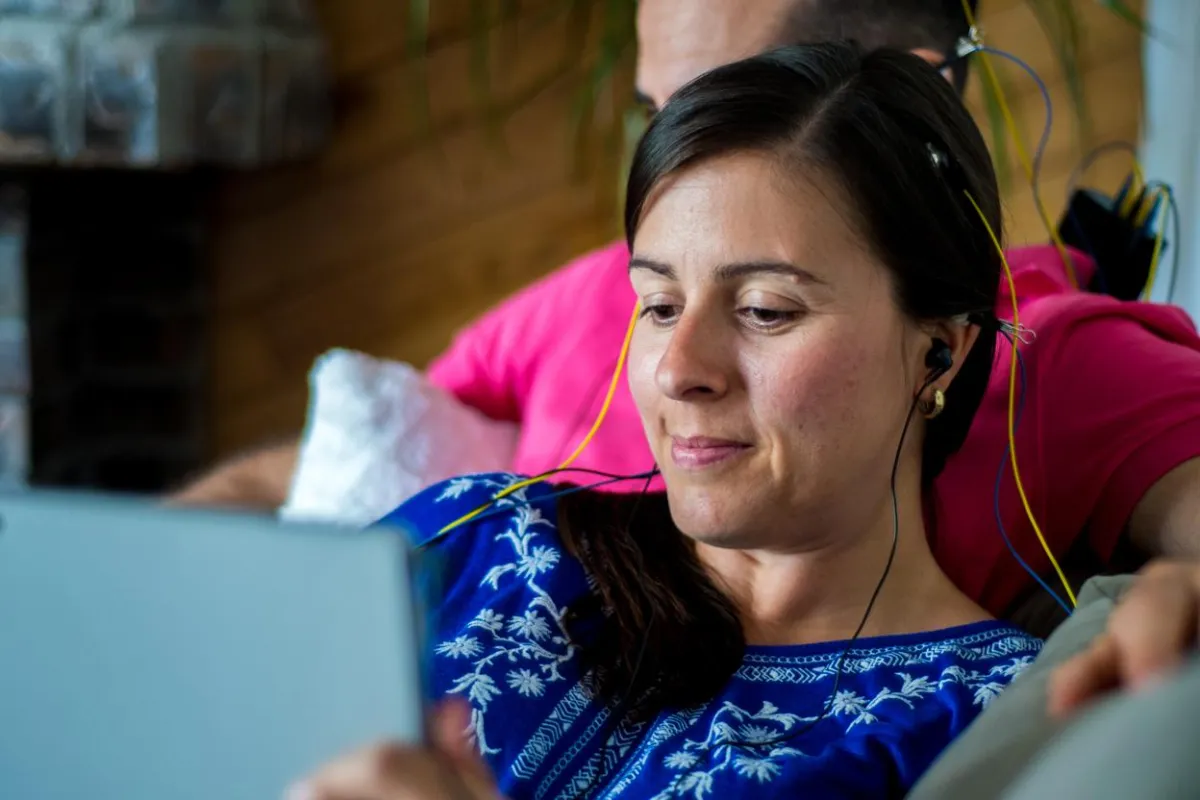

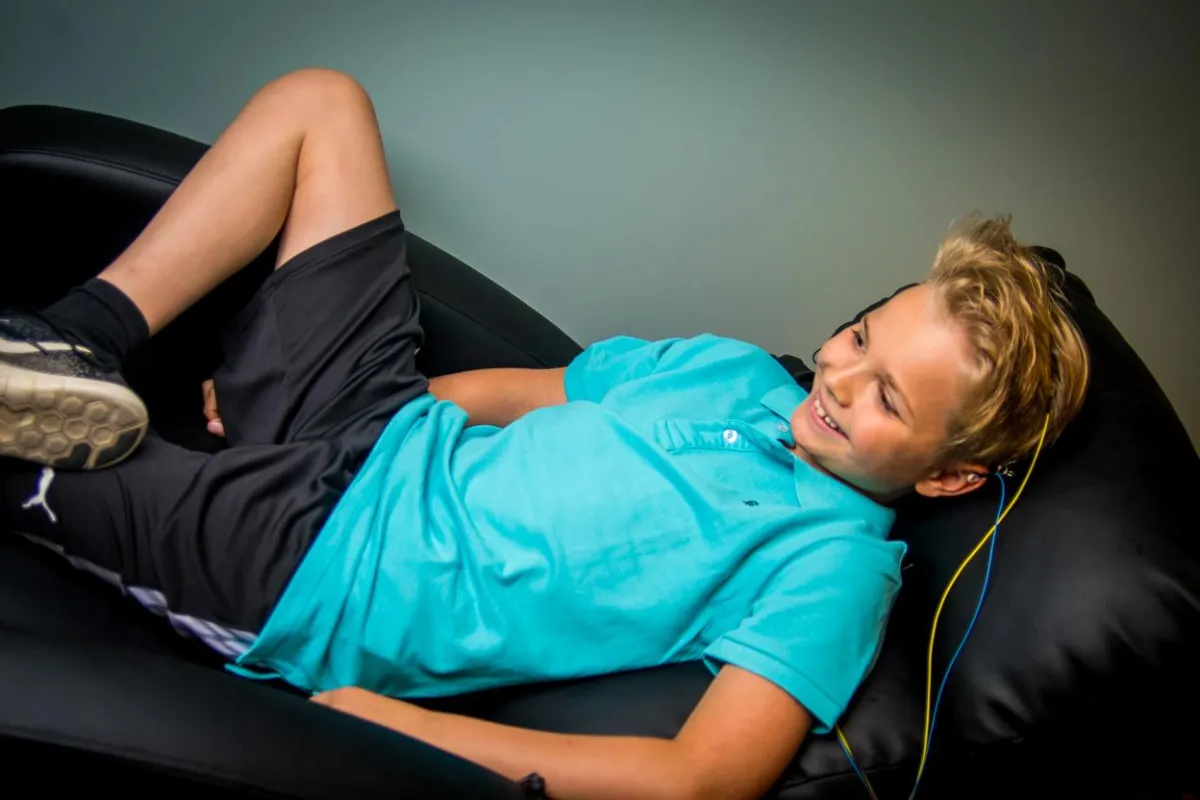





The Proof Is In The Data!
Book Your 100% Free, No Obligation, Consultation Today And
Find Out How DRW NeuroPerformance Can Transform Your Life!
The Proof Is
In The Data!
Book Your 100% Free, No Obligation, Consultation Today And
Find Out How DRW NeuroPerformance Can Transform Your Life!
